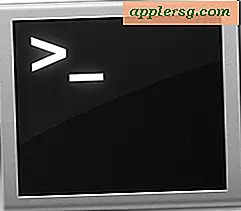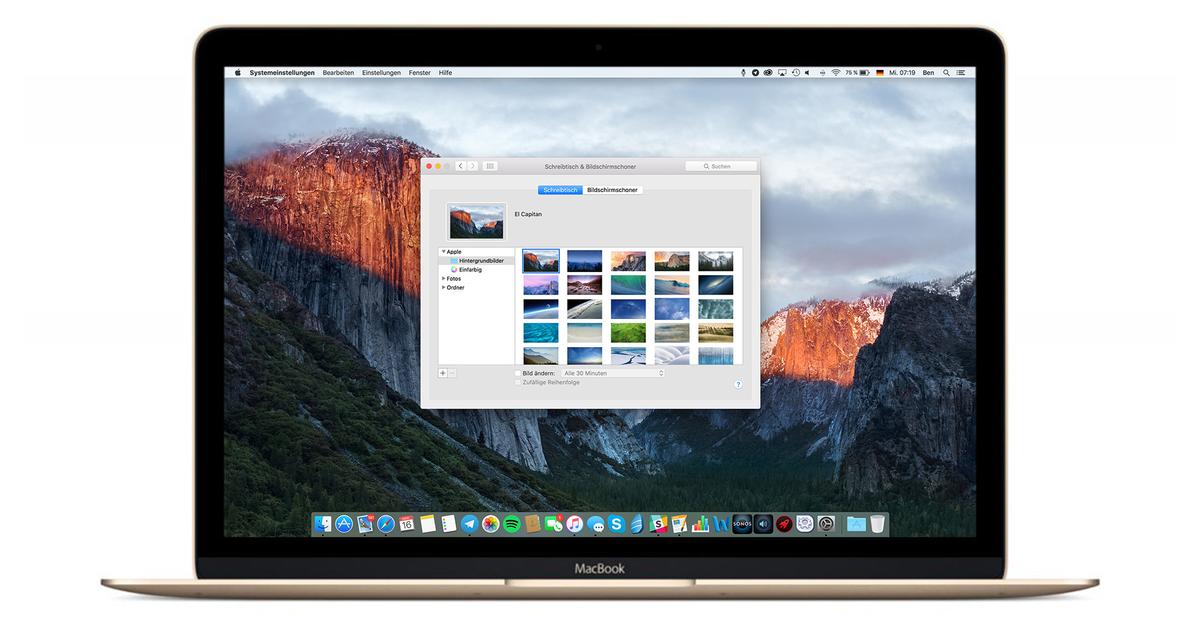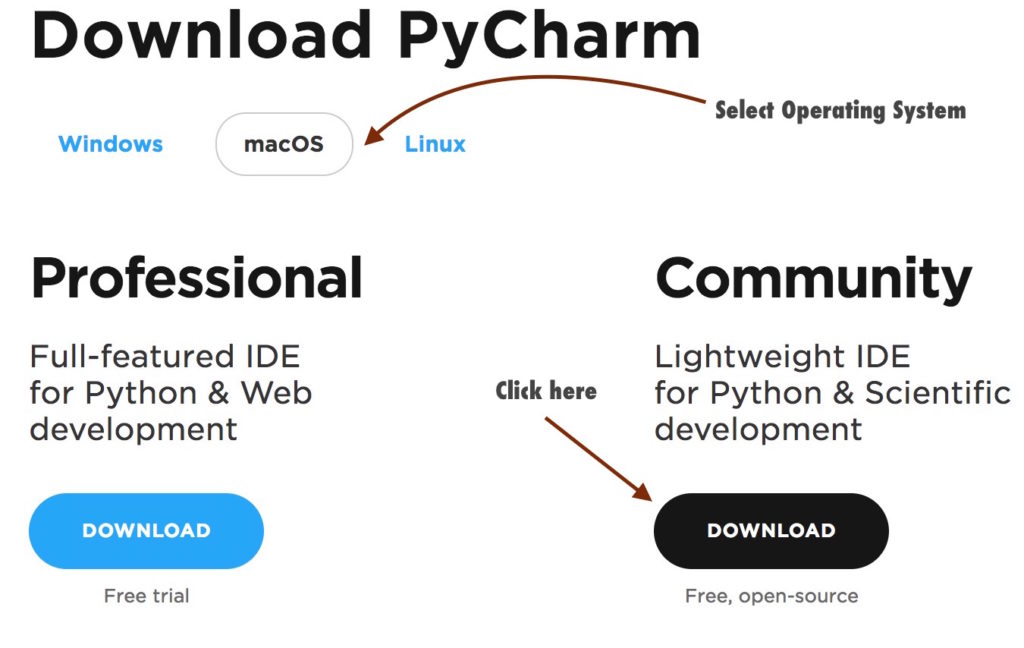

- Installing unix on mac os install#
- Installing unix on mac os software#
- Installing unix on mac os download#
Keep in mind that because you selected “Dynamically allocated” in the previous step, that does not mean that VirtualBox is going to take up that space right away.
Installing unix on mac os install#
At a minimum, you’ll want to select 6GB – and that will not allow for you to install many programs, let alone store files etc. Use the “slider” to determine the size you want to make the “hard drive” for Ubuntu.Select Dynamically allocated and yep – you guessed it – click Continue.Now select VDI (VirtualBox Disk Image) and click Continue.On the Hard drive screen, select Create a virtual hard drive now and then click Create.

When you’ve decided how much memory (RAM) to give Ubuntu, click the Continue button. At a minimum, give Ubuntu at 1GB (1024MB) of RAM. The drawback is that macOS will have less to use while Ubuntu is running. The more memory you give to Ubuntu, the faster it will run.

As illustrated in the screenshot below, my total RAM is 4GB, so I allocated half of it to Ubuntu, and the other half to macOS. Now you’re going to decide how much memory (RAM) you’re going to allocate to Ubuntu when it’s running, and how much to leave for macOS.Make sure the Type: is set to Linux and the Version: is Ubuntu (64 bit). Give your “virtual machine” a name (something descriptive is good, but it doesn’t matter).When VirtualBox opens, click the New button.When installation is done, launch VirtualBox from your Applications folder. dmg file and run the installer – the installation is as easy as clicking ‘next’ a bunch of times.
Installing unix on mac os download#
Once the download has completed, open the. Visit their download page and click the link OS X hosts (which is the current stable version).

During the actual installation process, based on the version of Ubuntu you opt to install – you may have to spend some time downloading updates as well. Depending on the speed of your Internet connection, it might take a while to download Ubuntu.Before you get started, there are a few things that should be noted up front.
Installing unix on mac os software#
The entire process is actually quite straightforward – and all of the software involved is free – so why not give it a shot :) None of the data on your Mac is at risk of being deleted or altered. Plus, it will not affect the files in macOS itself at all. Using this method to install Ubuntu not only allows you to run it and macOS at the same time, you can really try out Ubuntu – and if you don’t like it – very easily get rid of it. The following guide uses Ubuntu 18.04.3 LTS “Bionic Beaver”, but the steps and screenshots are nearly identical for most versions of Ubuntu, up to including 20.04.1 LTS. Please note: although this guide was initially authored in 2015, it has been updated (2020) to be current. Using this method you’ll be able to run Ubuntu and macOS at the same time! This in depth guide will take you every step of the way through installing Ubuntu Linux on your Mac, by way of VirtualBox – a free and outstanding program.


 0 kommentar(er)
0 kommentar(er)
